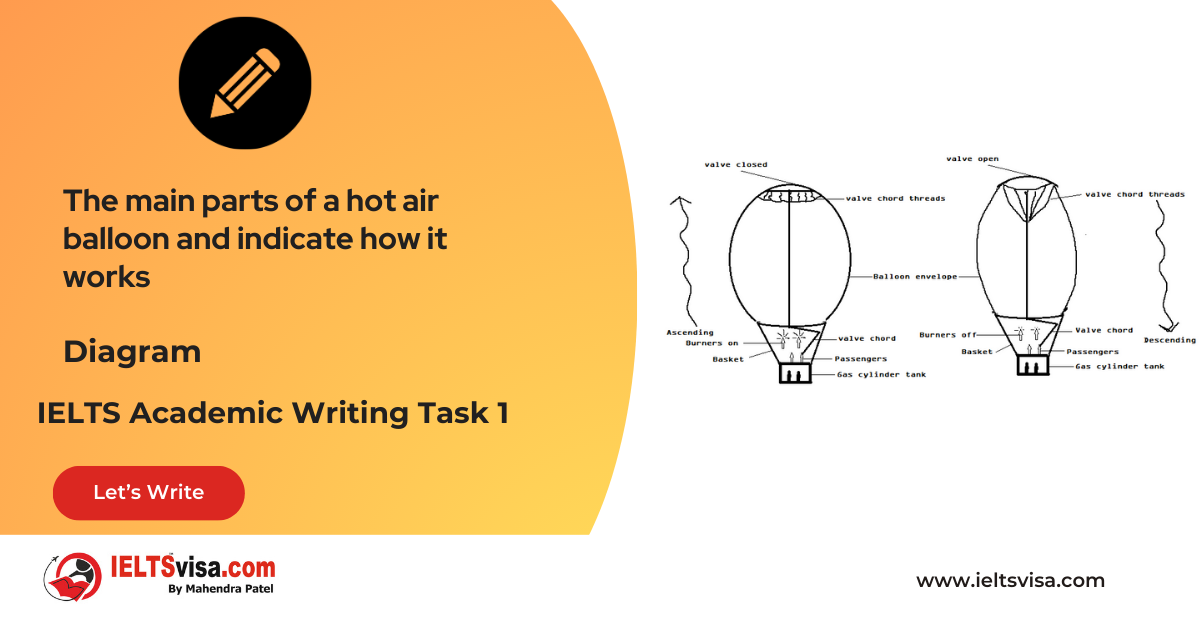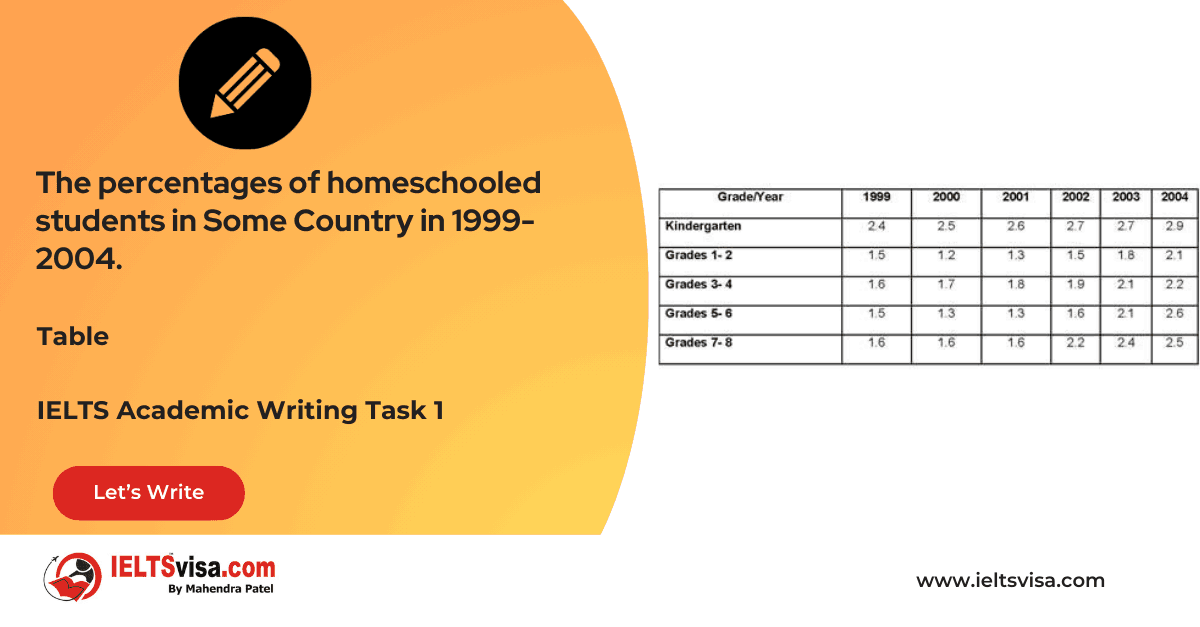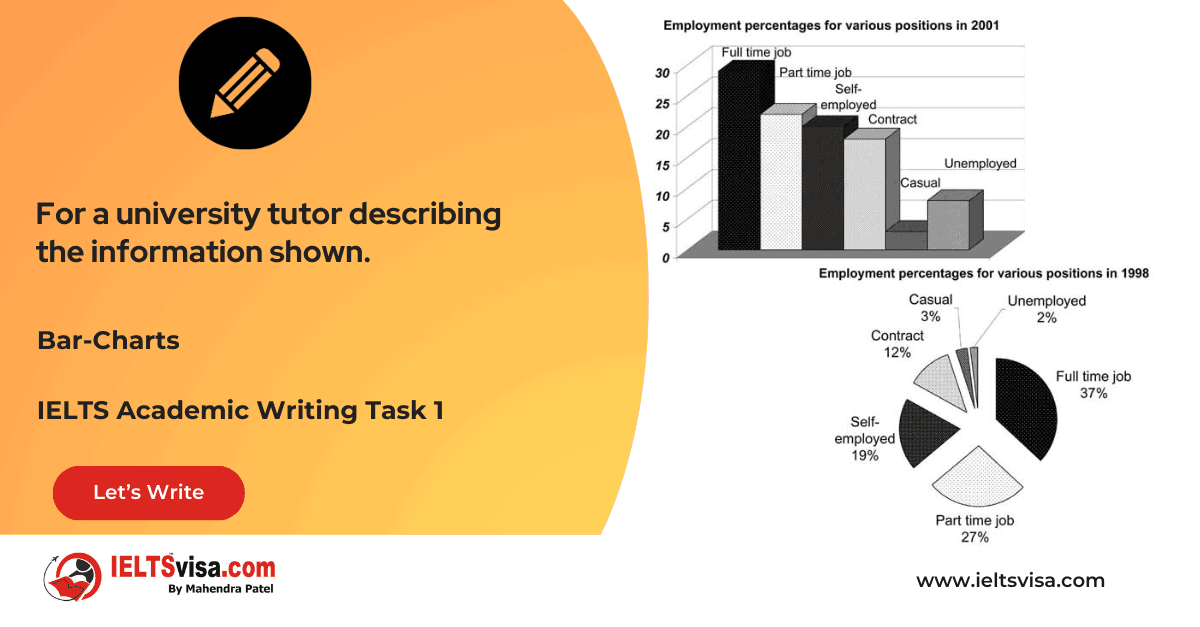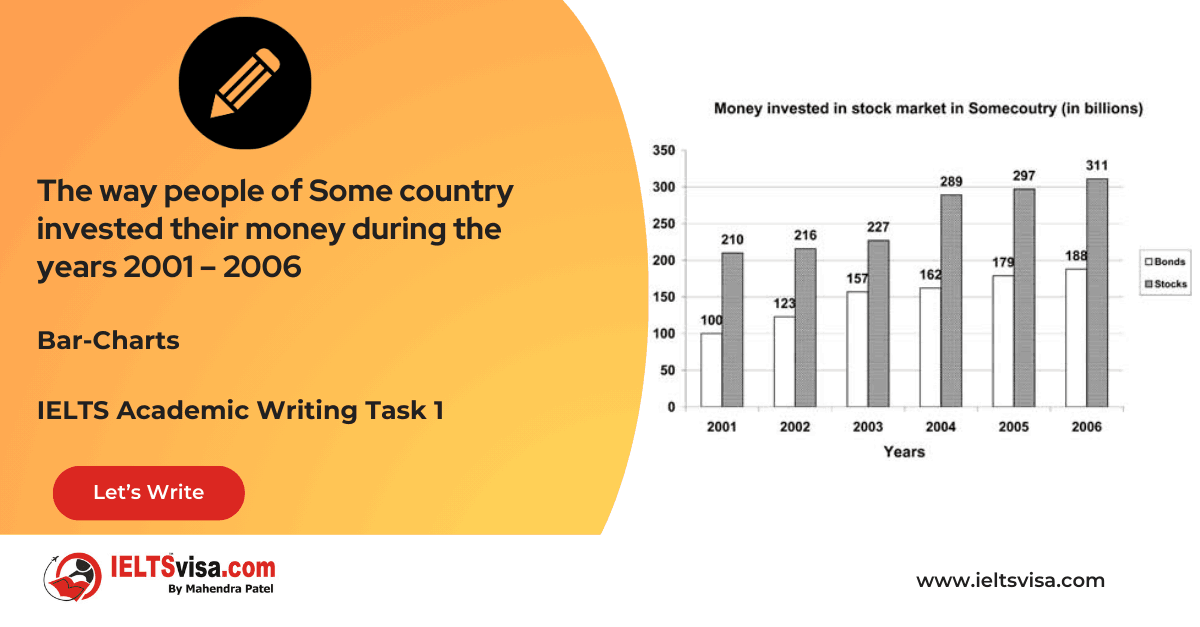The percentage of 18-25 year olds in universities in four different countries
IELTS Academic Writing Task 1 - Line Graph
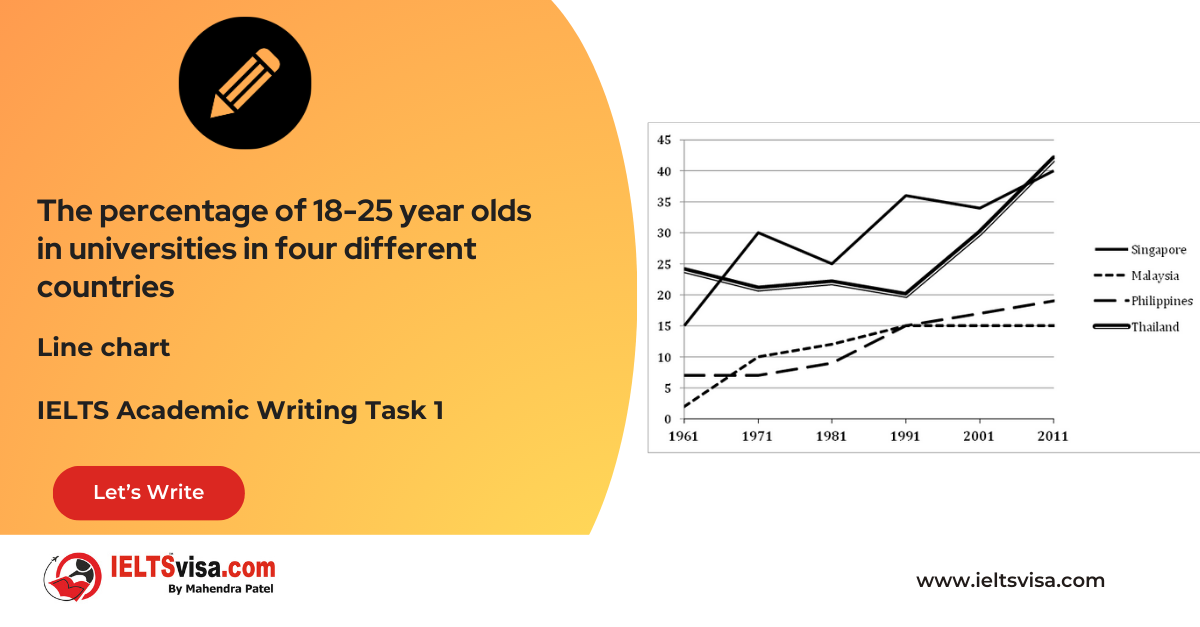
IELTS Writing Task 1 Question
The graph below shows the percentage of 18-25 year olds in universities in four different countries. Summarise the information by selecting and reporting the main features and make comparisons where relevant.
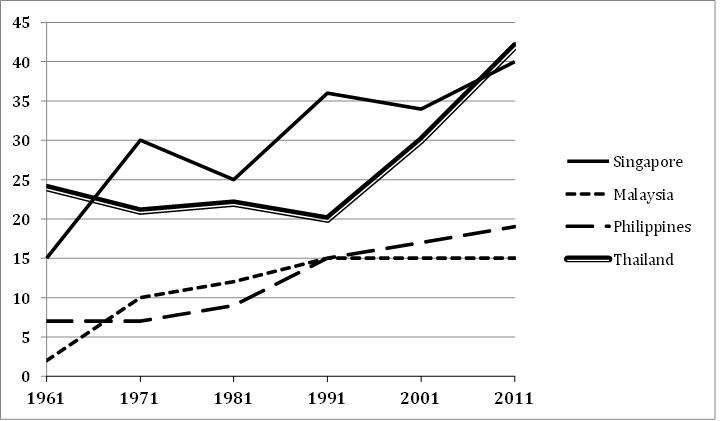
Common Questions for the Line Graph
1. Graph Type: Line Graph
2. Title: Percentage of 18–25-Year-Olds in Universities in Four Countries (1961–2011)
3. What are the units of measurement?: Percentage of university students
4. Who: 18–25-year-olds in Singapore, Malaysia, Philippines, and Thailand
5. When: 1961 to 2011
6. Where: Singapore, Malaysia, Philippines, and Thailand
7. Topic: Trends in university attendance among young adults
Comparison Showing and Trends Any change over time (such as an increase or a decrease) is a trend.
Comparison 1 : Singapore and Thailand (Higher Percentages)
- Details:
-
- Singapore: Increased from 15% in 1961 to 40% in 2011, despite some fluctuations.
2. Thailand: Dropped from 24% to 20% by 1991 but surged to nearly 40% by 2011.
Comparison 2 : Malaysia and Philippines (Lower Percentages)
-
Details:
1. Malaysia: Rose steadily from 2% in 1961 to 15% in 1991, stabilizing afterward.
2. Philippines: Increased from 7% in 1961 to just under 20% by 2011, showing consistent growth.
Sample Answer
The line graph illustrates the percentage of 18–25-year-olds attending universities in Singapore, Malaysia, Philippines, and Thailand between 1961 and 2011.
Overall, university attendance increased across all four countries, with Singapore and Thailand showing the highest proportions by 2011.
In 1961, only 2% of Malaysian students pursued tertiary education, rising significantly to 15% by 1991. This figure then stabilized and remained unchanged through 2011. Similarly, the Philippines started at 7% in 1961 and experienced steady growth, reaching just under 20% by 2011.
Singapore saw a significant increase in university attendance, starting at 15% in 1961 and reaching 40% by 2011. While fluctuations occurred during this period, the overall trend remained upward. In Thailand, university attendance began at 24% in 1961 but decreased slightly to 20% by 1991. However, there was a dramatic increase thereafter, nearly doubling to 40% by 2011.
Top 28 Vocabularies
| Vocabulary | Type | Meaning | Synonyms | Examples |
|
Tertiary Education |
noun |
Education at the university or college level |
Higher education, Post-secondary education |
Malaysia saw steady growth in tertiary education enrollment. |
|
Fluctuation |
noun |
Irregular rise and fall |
Variation, Oscillation |
Singapore experienced fluctuations but showed an upward trend. |
|
Stabilize |
verb |
To become steady or consistent |
Level off, Balance |
Malaysia’s percentage stabilized at 15% after 1991. |
|
Dramatic |
Adjective |
Noticeable and significant |
Sharp, Remarkable |
Thailand showed a dramatic rise in university attendance after 1991. |
|
Proportion |
Noun |
A part or share of a whole |
Percentage, Fraction |
The proportion of students in Singapore rose to 40% by 2011. |
|
Illustrate |
Verb |
To explain or clarify using visuals or examples |
Depict, Show |
“The line graph illustrates university attendance trends.” |
|
Attendance |
Noun |
The act of being present at a place |
Participation, Presence |
“University attendance increased across all countries.” |
|
Trend |
Noun |
A general direction of change |
Pattern, Direction |
“An upward trend was observed in all countries.” |
|
Increase |
Verb/Noun |
To become larger in number, size, or amount |
Rise, Growth |
“University attendance increased significantly in Singapore.” |
|
Significant |
Adjective |
Large enough to be important |
Notable, Substantial |
“Malaysia showed significant growth in attendance rates.” |
|
Pursue |
Verb |
To strive to achieve something |
Aim for, Follow |
“Only 2% of Malaysian students pursued tertiary education.” |
|
Growth |
Noun |
An increase in size, number, or amount |
Expansion, Rise |
“The Philippines experienced steady growth in attendance.” |
|
Upward |
Adjective |
Moving to a higher position or level |
Ascending, Increasing |
“Singapore showed an upward trend in attendance.” |
|
Decline |
Verb/Noun |
To decrease in amount or quality |
Drop, Deterioration |
“Thailand experienced a slight decline before increasing sharply.” |
|
Sharp |
Adjective |
Sudden and noticeable |
Dramatic, Steep |
“There was a sharp increase in Thailand after 1991.” |
|
Nearly |
Adverb |
Almost, but not completely |
Almost, Approximately |
“Thailand nearly doubled its attendance by 2011.” |
|
Remained |
Verb |
To continue to be in a specific state |
Persisted, Stayed |
“Malaysia’s attendance remained unchanged after 1991.” |
|
Notable |
Adjective |
Worthy of attention or significant |
Remarkable, Prominent |
“Singapore saw a notable rise in attendance by 2011.” |
|
Experience |
Verb |
To undergo or be affected by something |
Encounter, Face |
“The Philippines experienced steady growth over 50 years.” |
|
Doubled |
Verb |
To multiply by two |
Increased twofold |
“Thailand’s attendance nearly doubled by 2011.” |
|
Stable |
Adjective |
Unchanging and consistent |
Steady, Fixed |
“Malaysia’s attendance remained stable after 1991.” |
|
Consistent |
Adjective |
Happening regularly and without variation |
Steady, Uniform |
“Singapore showed consistent improvement in attendance.” |
|
Period |
Noun |
A length or duration of time |
Interval, Era |
“Fluctuations occurred during the period from 1961 to 2011.” |
|
Enrollment |
Noun |
The act of registering or entering an institution |
Admission, Registration |
“Malaysia saw steady enrollment growth in tertiary education.” |
|
Comparison |
Noun |
The act of evaluating similarities and differences |
Contrast, Evaluation |
“In comparison, Thailand started at a higher percentage.” |
|
Projected |
Adjective |
Estimated to occur in the future |
Forecasted, Predicted |
“The projected data shows stability for Malaysia after 1991.” |
|
Demonstrate |
Verb |
To clearly show or explain |
Exhibit, Display |
“The line graph demonstrates how attendance varied by country.” |
|
Contrast |
Verb/Noun |
To highlight differences between two things |
Differ, Distinction |
“There is a clear contrast between Malaysia and Thailand’s trends.” |

Our Books
Master IELTS Speaking Part 1
IELTS Writing Task 1 Book
IELTS Writing Task 2 Book
Writing Task 1 Question Types
Practice IELTS Other Modules
IELTS Listening
The IELTS Listening test assesses how well you can understand spoken English in various contexts. It lasts about 30 minutes and is divided into four sections with a total of 40 questions. The listening tasks become increasingly difficult as the test progresses.
IELTS Academic Reading
The IELTS Academic Reading section assesses your ability to understand and interpret a variety of texts in academic settings. It is designed to evaluate a range of reading skills, including skimming for gist, reading for main ideas, reading for detail, understanding inferences, and recognizing a writer's opinions and arguments.
IELTS Speaking
The IELTS Speaking test assesses your ability to communicate in English on everyday topics. It lasts 11-14 minutes and consists of three parts: introduction, cue card, and a discussion based on the cue card topic.
IELTS General Reading
IELTS General Reading tests your ability to understand and interpret various types of texts. Here are some key areas and types of content you can expect to encounter in the reading section, along with tips for effective preparation.
IELTS Academic Writing Task 1
In IELTS Academic Writing Task 1, you are presented with a visual representation of information, such as graphs, charts, tables, or diagrams, and you are required to summarize, compare, or explain the data in your own words.
IELTS General Writing Task 1
In IELTS General Writing Task 1, you are required to write a letter based on a given situation. The letter can be formal, semi-formal, or informal, depending on the prompt. Here’s a breakdown of the key components to include in your letter
IELTS Academic Writing Task 2
In IELTS Academic Writing Task 2, you are required to write an essay in response to a question or topic. Here’s a guide to help you understand the essential elements of this task
IELTS Exam Tips
To succeed in the IELTS exam, practice regularly, familiarize yourself with the test format, improve your vocabulary, develop time management skills, and take mock tests to build confidence.
Grammer for IELTS
Grammar is the foundation of effective communication in English. Understanding tense usage, subject-verb agreement, and sentence structure enhances clarity and coherence in writing and speaking.
Vocabulary for IELTS
Vocabulary plays a crucial role in the IELTS (International English Language Testing System) exam, especially in the Speaking and Writing sections. Here’s an overview of why vocabulary is important and how it impacts your performance
RECENT IELTS SAMPLES QUESTIONS AND ANSWERS
Task 1 – Diagram – A conference hall built in 1981 and planned for 2020
20:00 Start Pause Stop [df_adh_heading title_infix="IELTS Writing Task 1 Question" use_divider="on"...
Task 1 – Table – The percentages of homeschooled students in Some Country in 1999-2004.
20:00 Start Pause Stop [df_adh_heading title_infix="IELTS Writing Task 1 Question" use_divider="on"...
Task 1 – Table – For a university tutor describing the information shown.
20:00 Start Pause Stop [df_adh_heading title_infix="IELTS Writing Task 1 Question" use_divider="on"...
Task 1 – Bar-Charts – The way people of Some country invested their money during the years 2001 – 2006
20:00 Start Pause Stop [df_adh_heading title_infix="IELTS Writing Task 1 Question" use_divider="on"...
Task 1 – Diagram – Rainwater Harvesting and Conversion to Drinking Water in an Australian Town.
20:00 Start Pause Stop [df_adh_heading title_infix="IELTS Writing Task 1 Question" use_divider="on"...
Task 1 – Column graph – Percentage of Young People Enrolled in Universities in 2000 and 2007.
20:00 Start Pause Stop [df_adh_heading title_infix="IELTS Writing Task 1 Question" use_divider="on"...

